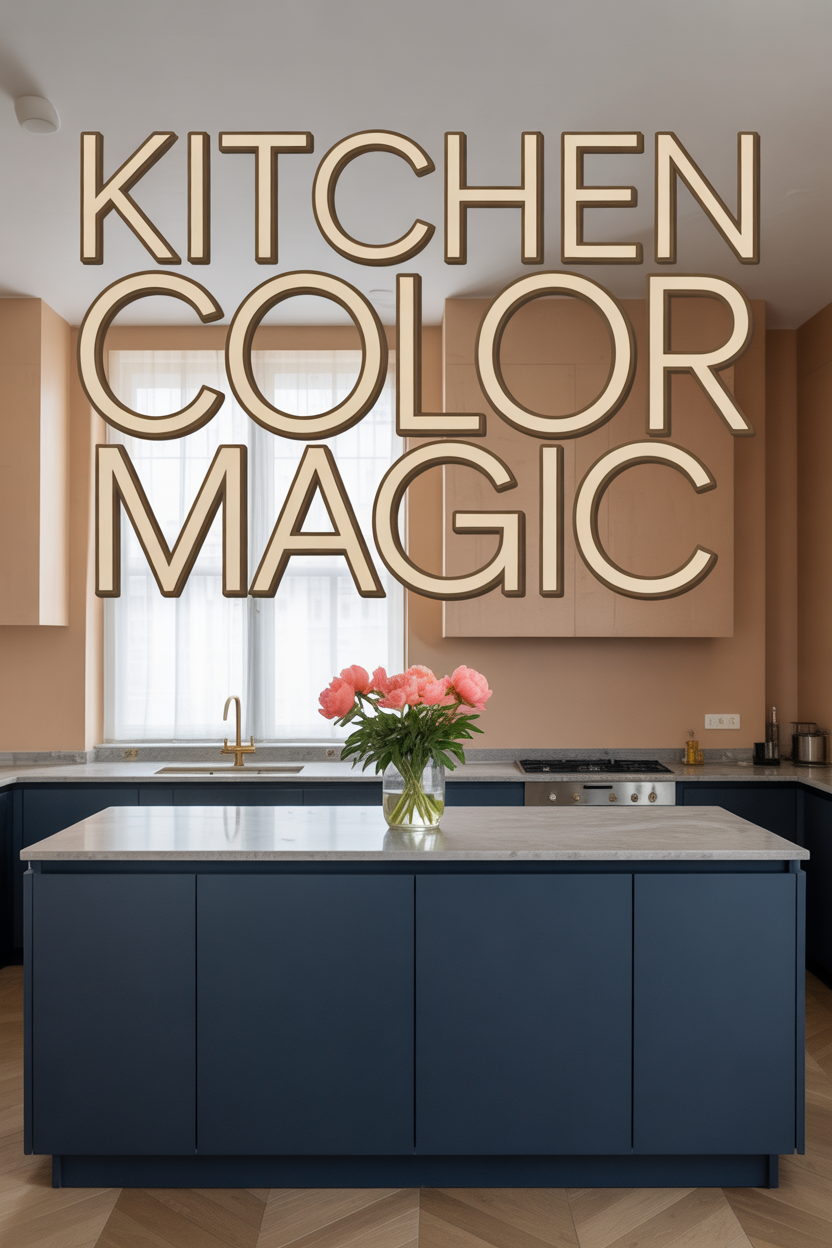15 Ways How to Use Shiplap to Get a Coastal Laundry Room Vibe (Like a Pro!)

Understanding The Coastal Aesthetic
Coastal design creates a relaxing atmosphere that reminds us of beachside living through specific elements and color choices. The style combines natural materials, light colors, and textural elements to evoke the feeling of being near the ocean.
Key Elements of Coastal Design
Coastal design embraces simplicity with clean lines and uncluttered spaces. I find that natural materials like rattan, jute, and driftwood are essential components that bring authenticity to the style.
Light-colored woods work particularly well in coastal spaces, especially when paired with shiplap walls. White oak, bleached pine, or whitewashed finishes complement the overall aesthetic.
Nautical accents add character without becoming overly themed. Small touches like rope details, glass containers with shells, or artwork featuring seascapes can enhance the coastal feel.
Plants that thrive in coastal environments, such as palms or grasses, bring life to the space and reinforce the connection to nature. These elements work together to create an enjoyable multipurpose space.
The Role of Texture and Color
The coastal palette typically features whites, creams, soft blues, and sandy beiges. These colors reflect the natural elements of the beach: sky, sand, and water.
Shiplap walls painted in soft, muted colors like light blue or white instantly evoke a coastal vibe. I recommend using semi-gloss or satin finishes to subtly reflect light throughout the space.
Texture plays a crucial role in coastal design through natural fibers, weathered surfaces, and layered textiles. Basket storage, sisal rugs, and linen curtains add depth without overwhelming the space.
Contrast is important but should remain subtle. Navy blue accents or driftwood tones can provide definition against lighter backgrounds without compromising the airy feel that makes coastal design so appealing.








